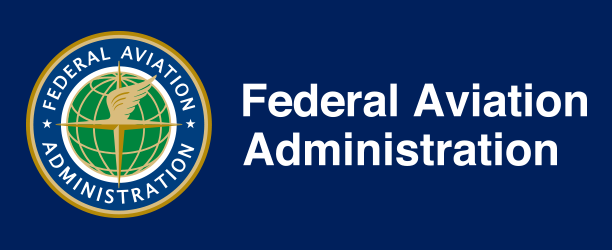- Joined
- Jan 25, 2019
- Messages
- 259
- Reaction score
- 145
- Age
- 72
What is the rational behind the 400' rule for limited remote ID? My thinking would be it should at least be line of sight distance which with vision correction would be more like 800' to 1,000'. What is the basis for the 400' limitation?









